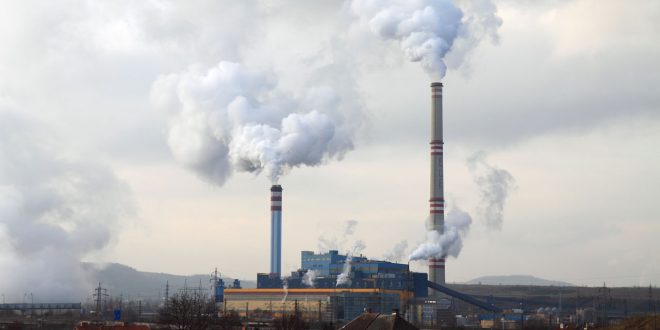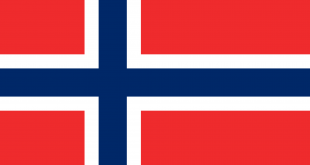Written by Edwin Yu
On the eve of the G20 summit of 2016, hosted by China from Sept. 4-5, the United States and China declared that they would ratify the Paris Agreement, leading the way for others.
“Despite our differences on other issues we hope that our willingness to work together on this issue will inspire greater ambition and greater action around the world,” Barack Obama said.
Only after at least 55 countries that make up at least 55% of the world’s emissions ratify, the Paris Agreement will come into force. Being the world’s two largest emitters of greenhouse gases, the U.S. and China together cause about 38% of all global emissions. With the ratification by the U.S. and China, there are now 26 countries that have ratified the Paris Agreement accounting for 39% of emissions.
Jennifer Morgan, the Executive Director of Greenpeace International, said, “Less than a year after the adoption of the Paris Agreement, under the Chinese Presidency, the G20 has finally moved forward on key issues for tackling climate change. Countries now need to react to the strong call from the G20 to formally join and ratify the Paris Agreement as soon as possible, so that the Agreement can enter into force this year.”
Although the ratification of the Paris Agreement by the U.S. and China is a momentous occurrence, there is a shortage of progress on setting a time for the elimination of the giving of money to the fossil fuel industry.
By the end of 2016, the goal of having the Paris Agreement enter into force could be a real possibility.
—
References:
Phillips, T., Harvey, F., & Yuhas, A. (2016, September 03). Breakthrough as US and China agree
to ratify Paris climate deal. Retrieved September 05, 2016, from
Greenpeace urges G20 governments to bring Paris Agreement into force this year. (2016,
September 05). Retrieved September 05, 2016, from
 Tempus Magazine By Students, For Students
Tempus Magazine By Students, For Students 



